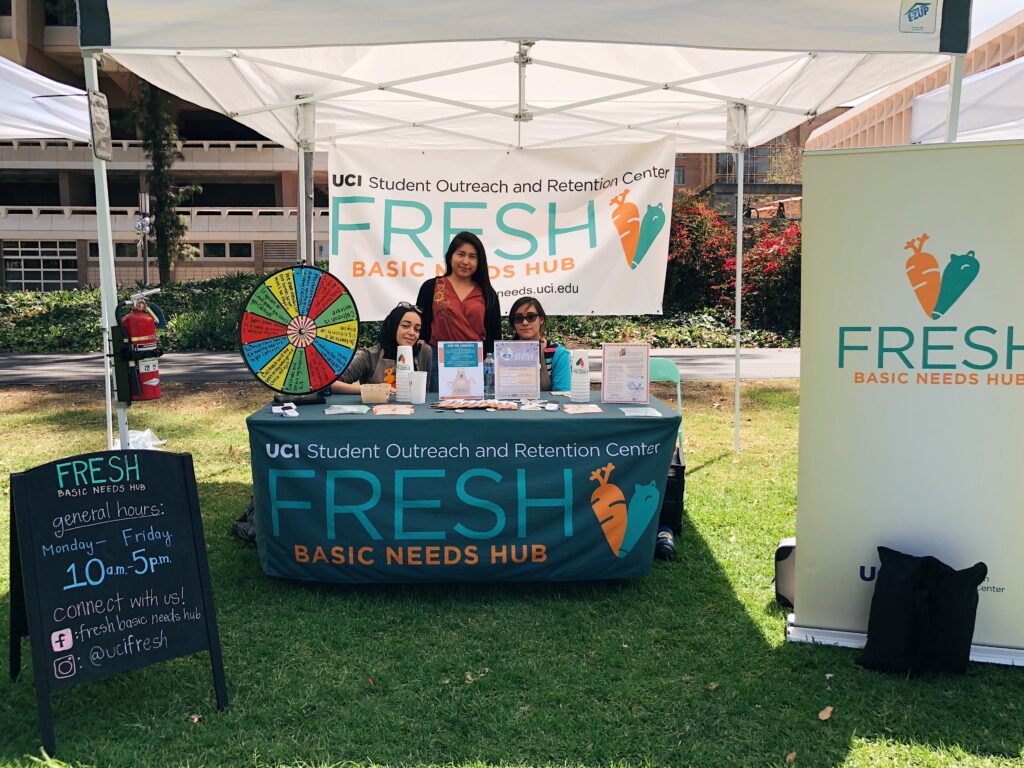Reflecting on the tenets that shape our educational practices is fundamental for …
California College Students Qualify for CalFresh but Enrollment Remains Low
Jennifer Livingstone


Only a small number of California college students take advantage of the state’s CalFresh food program even though they are eligible, as per a new report from the California Policy Lab.
The recent report, titled “Filling the Gap: CalFresh Eligibility Among University of California and California Community College Students,” is the first to connect datasets estimating the number of eligible California college students for CalFresh, the state’s food benefits program, and their enrollment rate — the percentage of eligible students who participate in the program.
According to the report, the association between CalFresh eligibility and student enrollment relied heavily on factors such as the institution attended, age, housing status, and more. The outreach efforts made by the students’ educational institution played a significant role in informing students about the food assistance program and determining their eligibility.
“California has increasingly focused on supporting college students through programs like CalFresh. It’s one of the resources that students can leverage to finance their college education,” explained Jesse Rothstein, co-author of the report and a professor at UC Berkeley.
Initially known as food stamps, CalFresh aims to assist low-income California residents with grocery money, making it a vital program for struggling students. Eligibility for college students is contingent on meeting general criteria along with specific exemptions, which the report describes as a notable obstacle for students to navigate.
“Due to the separate management of CalFresh, distinct from the education system, students may find it challenging to access the program,” noted Rothstein, a professor at UC Berkeley.
The report compiled data from four agencies, including the California Community College Chancellor’s Office, the University of California Office of the President, the California Department of Social Services, and the California Student Aid Commission.
After gathering data from these agencies, the authors constructed a database linking college enrollment figures, monthly CalFresh participation data, and annual federal financial aid details.
The data indicates variations in both eligibility and participation rates among students at California community colleges and UC campuses, shedding light on the disparities in the uptake of benefits among eligible students.
Data from fall 2019, just before the onset of the Covid-19 pandemic, illustrated substantial variations in the enrollment rates of eligible college students for CalFresh, particularly between community college and UC student populations.
While 19% of community college students, 31% of UC undergraduates, and 6% of UC graduate students were considered potentially eligible for CalFresh, only a fraction of them actually enrolled to receive the benefits.
The report outlines several factors contributing to these discrepancies, such as the living arrangements of UC students, differences in the Cal Grant versions granted to UC versus community college students, and enhanced outreach efforts by the UC to enroll more eligible students in support programs like CalFresh.
Authenticating the accuracy of the eligibility criteria proves challenging for the authors, while their estimates offer a reliable approximation of the students qualifying for CalFresh.
The creation of a novel dataset
The report incorporates data from millions of students attending UC and community college campuses spanning from the 2010-11 to 2021-22 academic years. Though the focus remains on recent data, previous years’ records were included after securing data agreements with the four respective agencies.
Assembling this extensive dataset required approximately four years, involving the establishment of data-sharing agreements with the participating institutions and thorough data validation.
Collaboration between agencies proved essential for the success of the project, which surpassed the capabilities of individual agencies.
Despite the absence of data from the California State University system, the report proceeded with available information. Future editions are expected to include data from the CSU system, with plans for continued collaboration between agencies to enhance the project.


